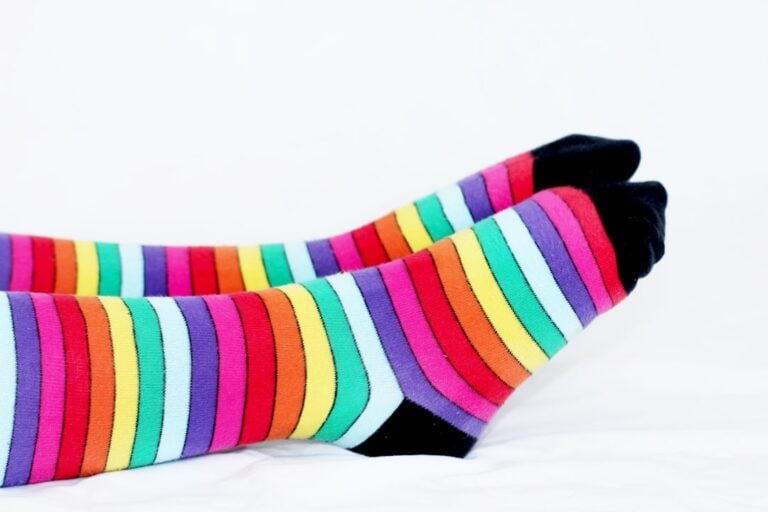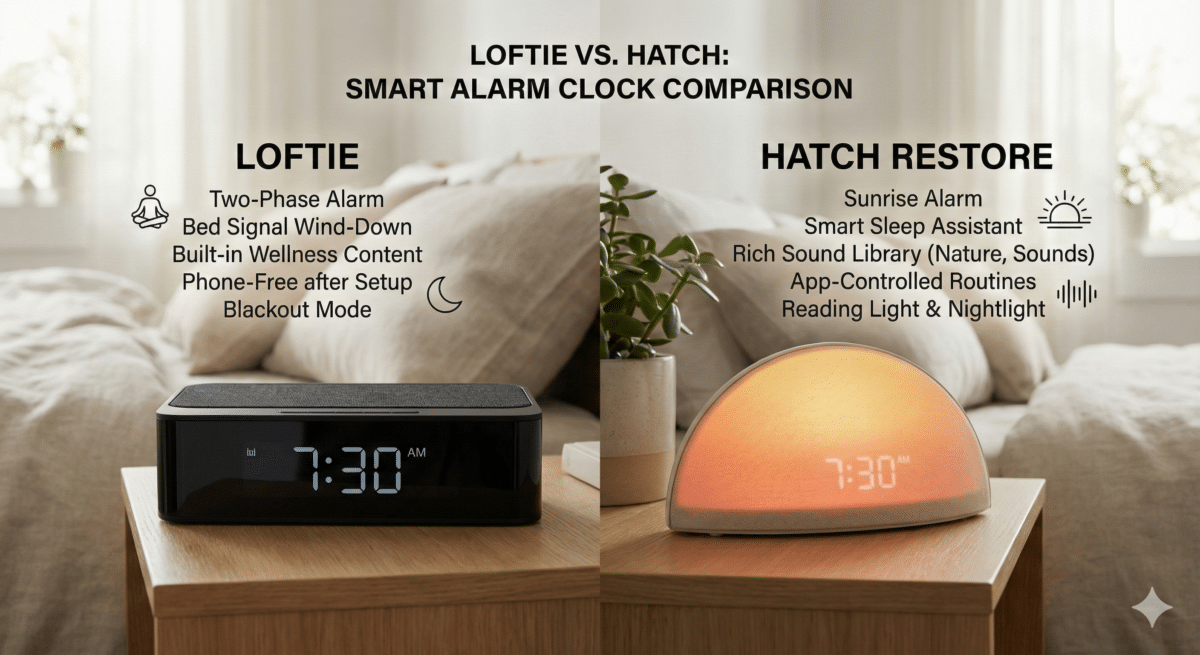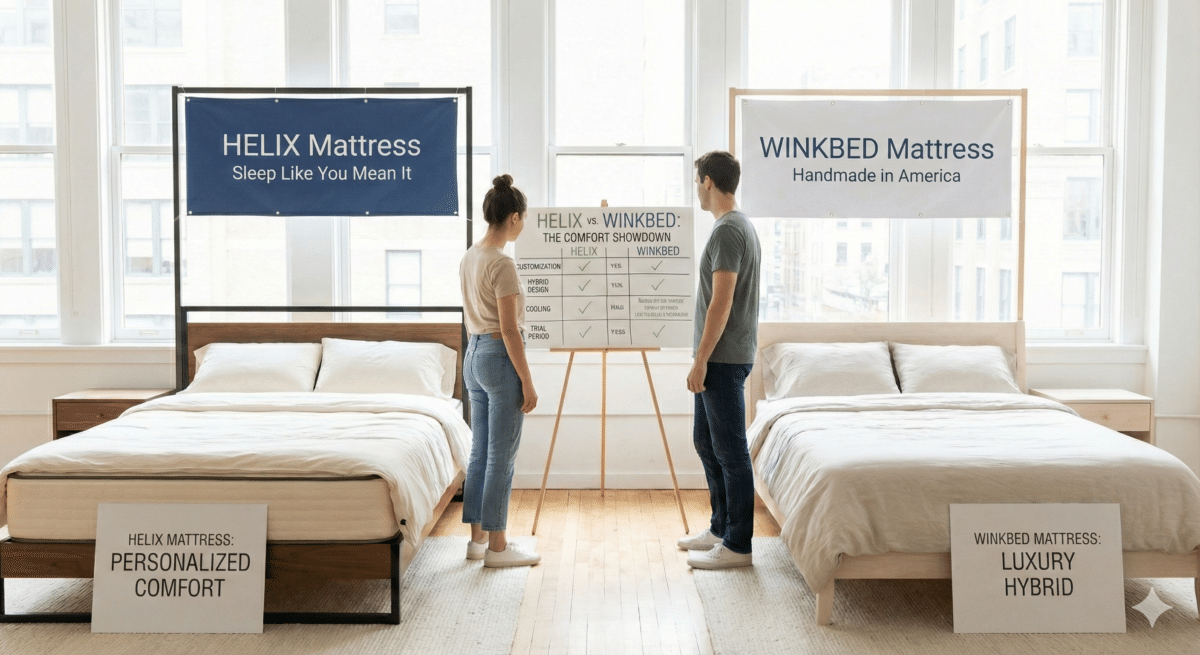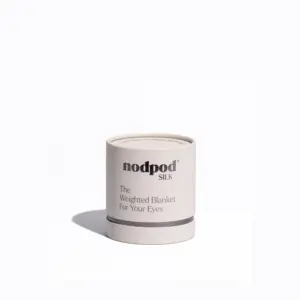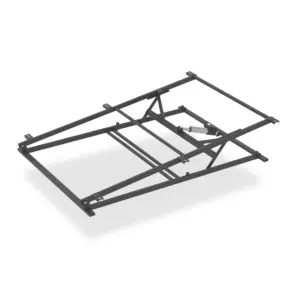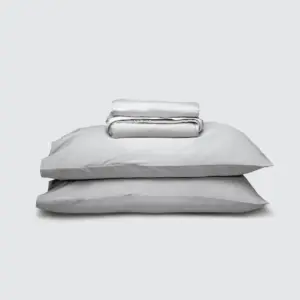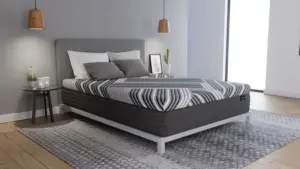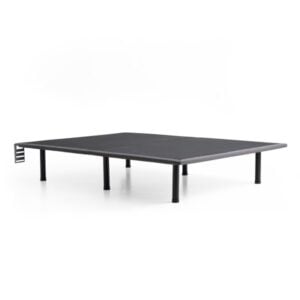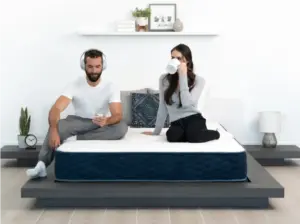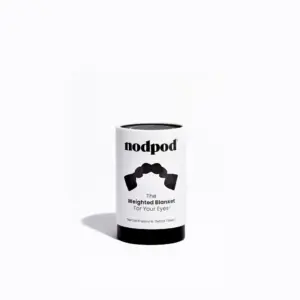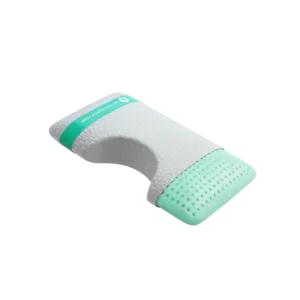The Definitive Guide to Benefits of Compression Socks for Sleep
Are Compression Socks Good for Sleep?
Compression socks have long been celebrated for their role in enhancing athletic performance and addressing various medical conditions. Interestingly, they are now being recognized for their potential benefits during sleep. So, are compression socks good for sleep?
The resounding answer is: Yes! Wearing compression socks to bed can provide significant advantages:
– Improved blood flow and circulation
– Reduction of edema and swelling
– Enhanced muscle recovery
Health professionals like Ellen Derrick, M.D., affirm that compression socks can improve circulation and minimize fatigue, which directly contributes to better sleep quality. Before diving deeper, it’s essential to select socks with the appropriate compression levels and consult a healthcare provider, especially if you have specific medical conditions such as arterial insufficiency or diabetes.
As Ben Trapskin, the founder of Yawnder, reflects on his personal sleep challenges and years spent helping others access valuable health information, he underscores the importance of understanding how compression socks contribute to better sleep. Let’s explore the specifics behind these benefits.
Understanding Compression Socks
Compression socks are specially designed hosiery that apply gentle pressure to the legs and feet. This pressure enhances blood flow, reduces swelling, and alleviates discomfort, making them highly effective for various needs. Here’s a closer look at the types and levels available:
Types of Compression Socks
Graduated Compression Stockings: These are the most common type, featuring tighter pressure at the ankle that gradually loosens up the leg. They improve circulation and prevent fluid buildup in the lower legs, making them suitable for managing conditions like varicose veins and deep vein thrombosis (DVT).
Thrombo-Embolic Deterrent (TED) Hose: Known as anti-embolism stockings, TED hose maintain blood flow and reduce severe swelling. They are primarily used post-surgery or during long periods of bed rest to prevent blood clots.
Compression Levels Explained
Compression socks are categorized based on the pressure they exert, measured in millimeters of mercury (mmHg):
– Low Compression (less than 20 mmHg): Best for mild swelling or discomfort.
– Medium Compression (20-30 mmHg): Ideal for managing moderate swelling and varicose veins.
– High Compression (30-40 mmHg): Recommended for severe conditions like edema and DVT, usually requiring a prescription.
Importance of Proper Fit
To fully benefit from compression socks, an accurate fit is crucial. Here are tips to ensure you select the right pair:
1. Measure Your Legs: Determine the length and girth of your ankles, calves, and thighs, preferably in the morning when swelling is minimal.
2. Consult a Professional: For medical-grade socks, seek assistance from a healthcare professional to guarantee proper fit and effectiveness.
How Compression Socks Work
Blood Flow and Oxygenation
Compression socks significantly improve blood flow, which is vital for delivering oxygen and nutrients to your muscles. By applying pressure to your legs, they encourage veins to effectively push blood back toward the heart, countering the effects of gravity.
Muscle Recovery
After exercising, muscles need time to recuperate. Wearing compression socks can expedite this by enhancing circulation, which helps eliminate waste products like lactic acid. This, in turn, minimizes soreness and speeds up recovery.
Practical Benefits of Wearing Compression Socks to Bed
1. Enhanced Circulation: Compression socks promote efficient blood flow, minimizing the likelihood of blood pooling in your legs during sleep.
2. Edema Relief: For those experiencing swelling, wearing compression socks while sleeping can significantly alleviate symptoms, making for a more comfortable night’s rest.
3. Post-Surgical Recovery: Doctors often recommend compression socks after surgery to enhance circulation, prevent clots, and support healing.
4. Support for Vein Conditions: Individuals with conditions like varicose veins can find relief by wearing compression socks overnight, as they help reduce discomfort.
5. Benefits for Sleep Apnea: Some studies suggest that improved circulation during the day may decrease the frequency of sleep apnea episodes at night.
6. Muscle Recovery: For athletes, wearing compression socks to bed can help reduce muscle soreness and enhance recovery, ensuring that you’re ready for your next workout.
Potential Downsides of Wearing Compression Socks at Night
While compression socks offer numerous benefits, they are not without potential drawbacks:
1. Skin Irritation: Prolonged wear can lead to skin irritation, especially if the material isn’t breathable.
2. Discomfort: Some individuals may find compression socks constraining, particularly if they are not the right size.
3. Circulation Issues: If you have conditions like peripheral artery disease (PAD), wearing compression socks at night could exacerbate circulation problems. Consultation with a healthcare provider is critical.
When to Utilize Compression Socks
While daytime use is often recommended for optimal effectiveness—such as during long flights or prolonged periods of standing—there are specific scenarios where wearing compression socks at night is beneficial. For obvious reasons, if you’re recovering from surgery or managing severe edema or chronic vein conditions, nighttime use can be particularly advantageous.
Choosing the Right Compression Socks
When selecting compression socks for sleep, consider the following:
– Compression Levels: Consult your doctor or a professional to find the right pressure that allows comfort and effectiveness.
– Fit: Ensure the socks don’t overly restrict blood flow and fit properly.
Conclusion
In conclusion, compression socks can notably enhance sleep quality by improving circulation, reducing swelling, and facilitating muscle recovery. However, it’s crucial to consult your healthcare provider to ensure you select the right type, compression level, and fit tailored to your specific needs. By taking these steps, you can maximize the potential benefits of wearing compression socks at night.
For more personalized guidance and to explore our range of sleep-enhancing products, visit our Yawnder Sleep Study page. Here’s to sleeping better and living healthily!

